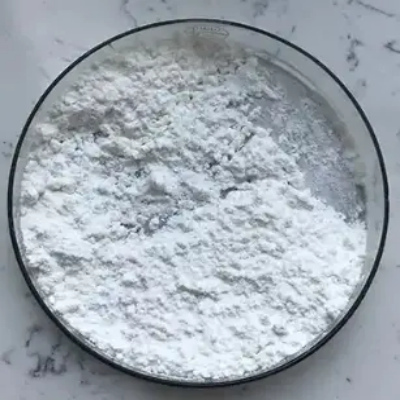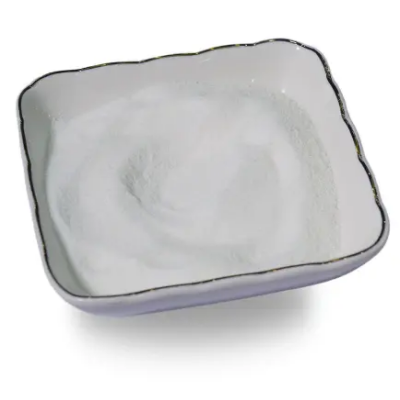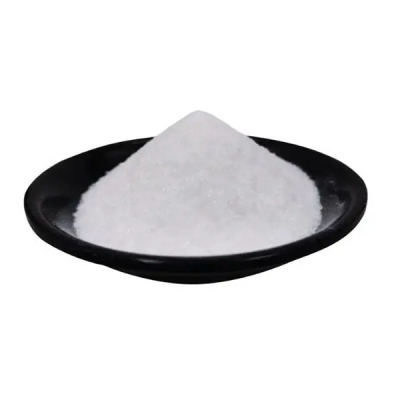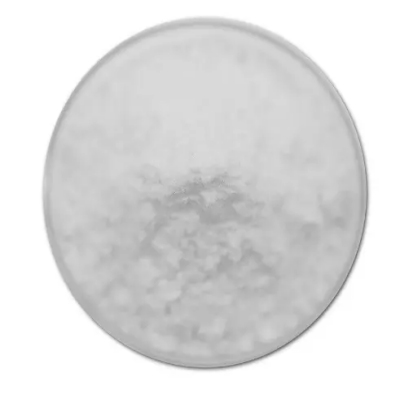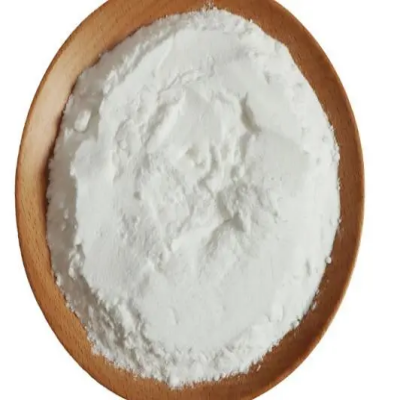Ethyl (pentafluorobenzoyl)acetate CAS:3516-87-8
Ethyl (pentafluorobenzoyl)acetate is synthesized through the acylation of ethyl acetate with pentafluorobenzoic acid using standard coupling methods, such as activating agents like DCC (dicyclohexylcarbodiimide) or acyl chlorides. The resulting compound features a unique structural framework comprising an ethyl acetate moiety and a highly electronegative pentafluorobenzoyl group. The incorporation of five fluorine atoms in the benzene ring greatly enhances the molecule's electrophilicity and stability, making it an interesting candidate for various chemical reactions. The presence of the pentafluorobenzoyl group imparts specific physicochemical properties that are advantageous in both synthetic and applied chemistry. For instance, fluorinated compounds often exhibit improved metabolic stability and bioavailability, making them attractive in drug development processes. Ethyl (pentafluorobenzoyl)acetate can be utilized as a precursor for synthesizing a wide range of biologically active molecules, particularly those designed to target specific receptors or enzymes within biological systems. The fluorine substituents can enhance interactions with biomolecules, leading to increased potency and selectivity of therapeutic agents. In addition to its pharmaceutical applications, ethyl (pentafluorobenzoyl)acetate finds potential uses in the field of materials science. The unique characteristics of fluorinated compounds lend themselves to the development of novel polymers, coatings, and surfactants with enhanced chemical resistance and thermal stability. These properties can be harnessed in various industrial applications, including electronics, automotive coatings, and protective gear. Overall, ethyl (pentafluorobenzoyl)acetate stands out as a significant compound in contemporary organic chemistry. Its unique structural features and chemical reactivity make it a valuable building block for synthesizing a broad spectrum of compounds in both medicinal and material sciences. Understanding its properties and potential applications can lead to innovative developments in drug discovery and advanced materials technology.



| Composition | C11H7F5O3 |
| Assay | 99% |
| Appearance | white powder |
| CAS No. | 3516-87-8 |
| Packing | Small and bulk |
| Shelf Life | 2 years |
| Storage | Store in cool and dry area |
| Certification | ISO. |




![6-(Trifluoromethoxy)-1H-benzo[d]imidazole CAS:911825-64-4](https://cdn.globalso.com/xindaobiotech/14Z4YR3PJ6@V5_YM253.png)
